SpacemiT, a chip design company from China with RISC-V as its core technology, recently unveiled the Muse Book laptop based on the K1 octa-core RISC-V chip. Unlike our daily laptops, it has many interesting unique features and is mainly sold to hardware engineers and DIY enthusiasts.
This Muse Book runs the Bianbu OS operating system based on the Debian distribution and optimized to run on the SpacemiT K1 octa-core RISC-V SoC. Let’s first take a look at its external interfaces. On the left side of the laptop, there are two USB Type-C interfaces, a USB 3.0 Type-A port, a 3.5mm headphone jack, a microSD card slot, and a reset pinhole.
The 8-pin header on the right side of the laptop is quite interesting, and SpacemiT hopes the Muse Book can become one of the most convenient hardware development platforms for RISC-V. In addition to the power pins, users will find multiplexed I2C, UART, PWM, GPIO, and other interfaces. There’s also another USB Type-A port on that side and an additional pinhole to enter USB download mode for flashing the firmware.
Muse Book IO specifications:
- Storage – MicroSD card slot
- USB
- 1x USB Type-C port (USB 3.2 Gen 1 data transmission, PD fast charging)
- 1x USB Type-C port (USB 3.2 Gen 1 data transmission, PD fast charging, DP video signal)
- 2x USB 3.0 Type-A ports
- Audio – 3.5mm headphone jack
- Misc
- Reset pinhole
- USB start pinhole to set the USB interface to download mode
- Expansion – 8-pin 2.54mm pitch female header with Tx/Rx (UART), 3.3V/GND, I2C, PWM, etc…
The laptop features a 14.1-inch IPS display with a resolution of 1920×1080 and a 60 Hz refresh rate, a relatively conventional configuration. It also comes with a basic touchpad and keyboard whose Windows button has been replaced by a RISC-V button.
The notebook adopts a relatively lightweight design, with a weight of 1.3kg and a thickness of approximately 18mm. A teardown of the Muse Book reveals an all-metal fanless design, indicating that SpacemiT is very confident in the heat dissipation control of the K1 SoC.
The main board features the K1 SoC, up to 16GB of LPDDR4X memory, eMMC storage, and a WiFi 6 wireless module (Fn-Link 6252C-PUB). A 36.48Wh/7.6V battery was selected for the laptop with support for USB PD 3.1 fast charging and a battery life of over 6 hours in typical conditions.
Muse Book specifications
- SoC – SpacemiT K1 octa-core X60 RISC-V core compliant with RVA22 (See SoC specifications details below)
- System memory – Up to 16GB 32bit LPDDR4-2400MT, 32bit LPDDR4X-2666MT
- Storage
- 32GB eMMC flash (default), option up to 128GB
- M.2 (PCIe 2.1 2x) socket for NVMe SSD up to 1TB
- MicroSD card slot
- Display
- 14.1-inch IPS display with 1920×1080 resolution, 60Hz refresh rate
- 72% NTSC (≈100%sRGB) Color gamut
- 250 nits brightness
- Networking – RTL8852BE-based WiFi 6 module
- Power Supply – USB PD 3.1 Type-C port (65W power adapter)
- Dimensions – 322.6 x 209.2 x 17.8mm
- Weight – 1.36kg
- OS: Bianbu OS by Debian, Ubuntu, Linux
- Browser: Chromium
The SpacemiT K1, the main controller of the laptop, is the world’s first RISC-V SoC that complies with the RISC-V Foundation’s RVA22 standard and the 256-bit RVV 1.0 standard. It provides 2.0 TOPS of AI computing power.
SpacemiT K1 SoC specifications
- CPU – Octa-Core X60 64-bit RISC-V core (faster than Cortex-A55 in multi-core configuration)
- GPU – Unnamed with support for OpenCL 3.0, OpenGL ES3.2, Vulkan 1.2
- VPU – H.265/H.264/VP9/VP8 4K encoding/encoding
- AI accelerator – 2.0 Tops AI NPU
- Memory: Up to 16GB 32bit LPDDR4-2400MT, 32bit LPDDR4X-2666MT, Up to 10.6GB/S bandwidth
- Storage: Support SPI FLASH, eMMC 5.1, SDIO 3.0 SD Card, NVME(PCIe2.1 2x)
- Display
- MIPI-DSI and HDMI up to 1920×1440 @ 60Hz
- Support for dual display setups
- Audio: 3x MIC IN
- Camera
- 8-lane MIPI-CSI in 4+2+2-lane or 4+4-lane configuration
- Single camera supports up to 16MP
- Supports three camera inputs
- Connectivity
- Networking – 2x GMAC
- USB
- 1x USB 3.0 (multiplexed with PCIe 2.1 x1)
- 1x USB OTG
- 1x USB HOST
- High-speed interfaces – 5x PCIe 2.1 (x2+x2+x1 combined, 5Gbps/lane)
- Low-speed interfaces – 4x SPI, 7x I2C, 12x UART, 2x CAN-FD, 30x PWM
- Standard power consumption – 3-5W TDP
- Package – FCCSP 17x17mm, 0.65mm pitch
- Temperature Range – -40°C to 85°C (industrial grade)
- OS
- Bianbu OS based on Debian
- Mainline Linux
- RTOS
Unfortunately, the laptop I have on hand cannot be turned on, so I am unable to conduct further evaluation. However, from the information released by SpacemiT, we can understand that in addition to commonly used office software such as Office and Chromium browsers, Muse Book also comes with optimized OpenCV, OpenBLAS, Slam Eigen, libpng, libjpeg, XNNPACK, and other algorithm libraries allowing developers to access high-performance computing libraries. In addition, foundation models (like ChatGPT) can be used to develop and deploy without having too much knowledge of the chip itself.

SpacemiT K1 integrates a wide range of I/O interfaces, including multiple PCIe, USB, and GMAC interfaces, and can operate in the -40°C to 85°C industrial temperature range. In addition to the Muse Book laptop, SpacemiT has plans for other hardware products as part of the Muse series, including the MUSE Card system-on-module, the MUSE Pi development board, the MUSE box mini PC, and the MUSE Shelf server/workstation.
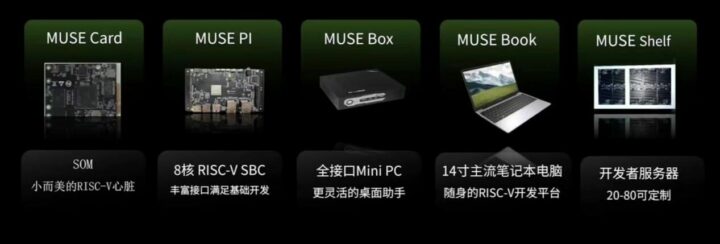
It is reported that this laptop will be launched for sale soon with an expected price of around $300. There is currently no news of other MUSE series products being launched. You can find more information on the official SpacemiT community website (in Chinese only). The Muse Book is not the first RISC-V laptop on the market (or announced), as we’ve already covered the ROMA laptop and Lichee Console 4A portable development terminal both based on T-Head TH1520 quad-core RISC-V SoC, as well as an laptop based on the upcoming StarFive JH8100 that may or may not even see the light of the day.

Leo became a part-time writer for CNX Software in 2022 and works as a software engineer in an embedded software company in China. He’s been passionate about embedded development and the Internet of Things for many years, with extensive industry experience, and a new and unique vision!
Support CNX Software! Donate via cryptocurrencies, become a Patron on Patreon, or purchase goods on Amazon or Aliexpress


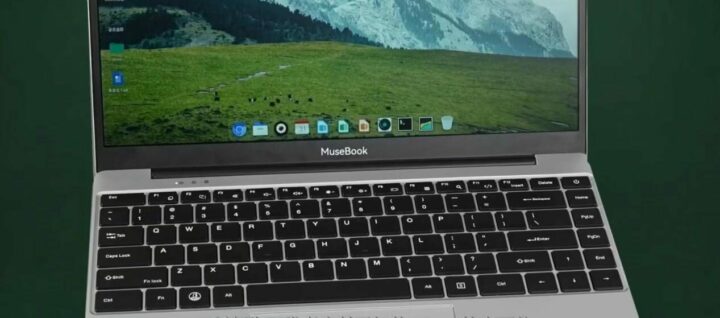
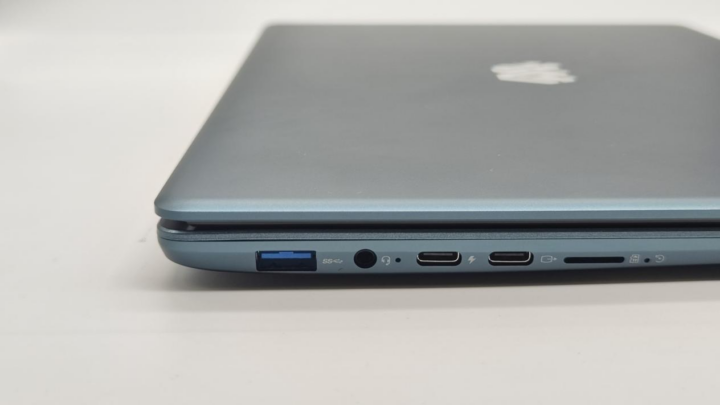
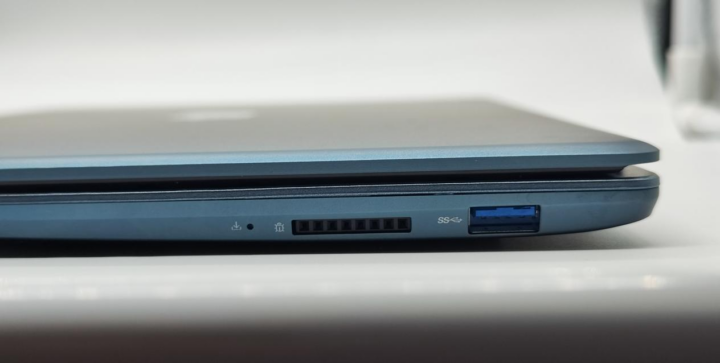

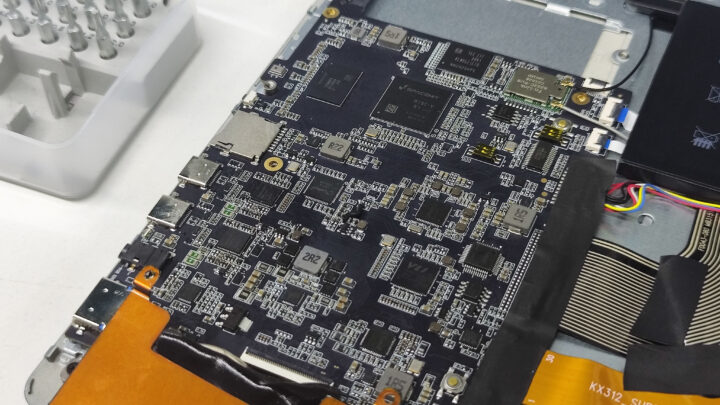
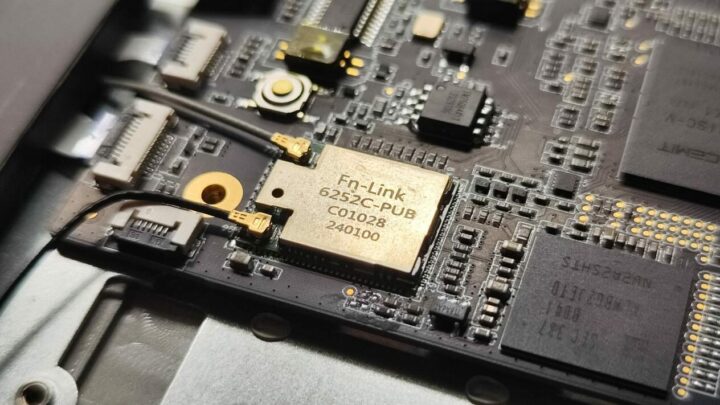
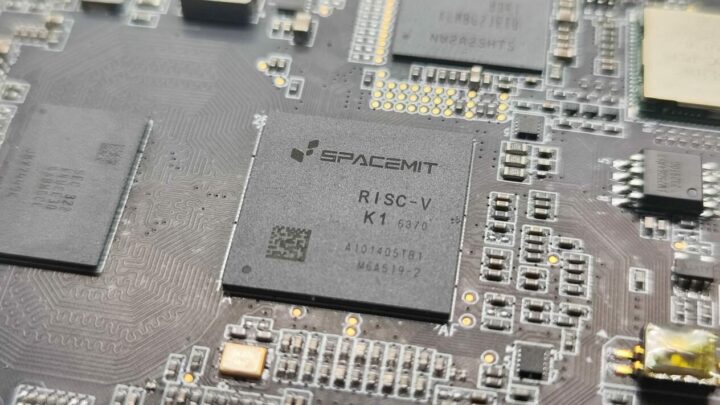


There’s a few youtube videos of the Banana Pi BPI-F3 which uses the same SoC showing video playback, running GIMP, objection recognition with the NPU and so on…
Looks pretty capable.
It seems that Chinese manufacturers such as Banan Pi, Orange Pi, and Sipeed will be developing development board with this Soc. You can follow the post on CNX
Would be interesting to see if the laptop can operate as a keyboard/mouse for another device, connected via the OTG port.
Of course, all of these are fine
Looks like the perfect device for RISC-V developers.
what do you mean exactly? It’s good for any other activity. You can read emails, use internet, create code with any scripting language (python, ruby), develop with Go (with Go you can compile for every platform, by supplying a flag), you can also compile Rust for every architecture. The way around, you don’t really need a RISC-V to be e risc-v developer.
Maybe only containers can’t be compiled cross-platform, but containers are usually compiled from a remote CI.
Correct me if I’m stupid, but it looks like a weak memory controller. It’s basically half of single-channel, and then only 2400/2666 MT/s speeds.
would that be a bottlneck with a CPU “faster than Cortex-A55 “?
That’s the $300 question. 🙂
Would be great if we could get confirmation of this either way.
Full size Arrow Keys, this alone is +80 in the review.
Interesting. Thank oui. I will keep an eye on it
[ “VPU – H.265/H.264/VP9/VP8 4K encoding/encoding”
What’s the meaning of that, pls? ]
VPU is basically the same thing as GPU. IIRC ATI named their graphics processor as VPU to rivalled Nvidia’s GPU naming back then.
H.265, H.264, VP9, VP8 are basically the algorithm set which videos are coded with
VPU = Video Processing Unit. That’s the video encoder/decoder engine.
Some GPU integrate VPU functionality, but others not. See old article about that:
https://www.cnx-software.com/2013/12/10/most-embedded-gpus-do-not-support-hardware-video-decoding-acceleration-the-vpu-does/
[ i see, so it’s encoding/decoding on ‘SpacemiT K1 SoC specifications:’ for the separate VPU module, thx ]
That is a red flag to me. Can we confirm this project to be mainland-exclusive?
It’s just that the one I have cannot be turned on, and it won’t affect its use until it’s sold normally
No HDMI port?
According to the specs, it has HDMI:
Display
MIPI-DSI and HDMI up to 1920×1440 @ 60Hz
Support for dual display setups
That’s for the K1 SoC though. I don’t see any HDMI port on the laptop, but the USB-C port can be used instead to connect a secondary display.
This processor already has a board from Banana Pi F3 SpacemiT K1